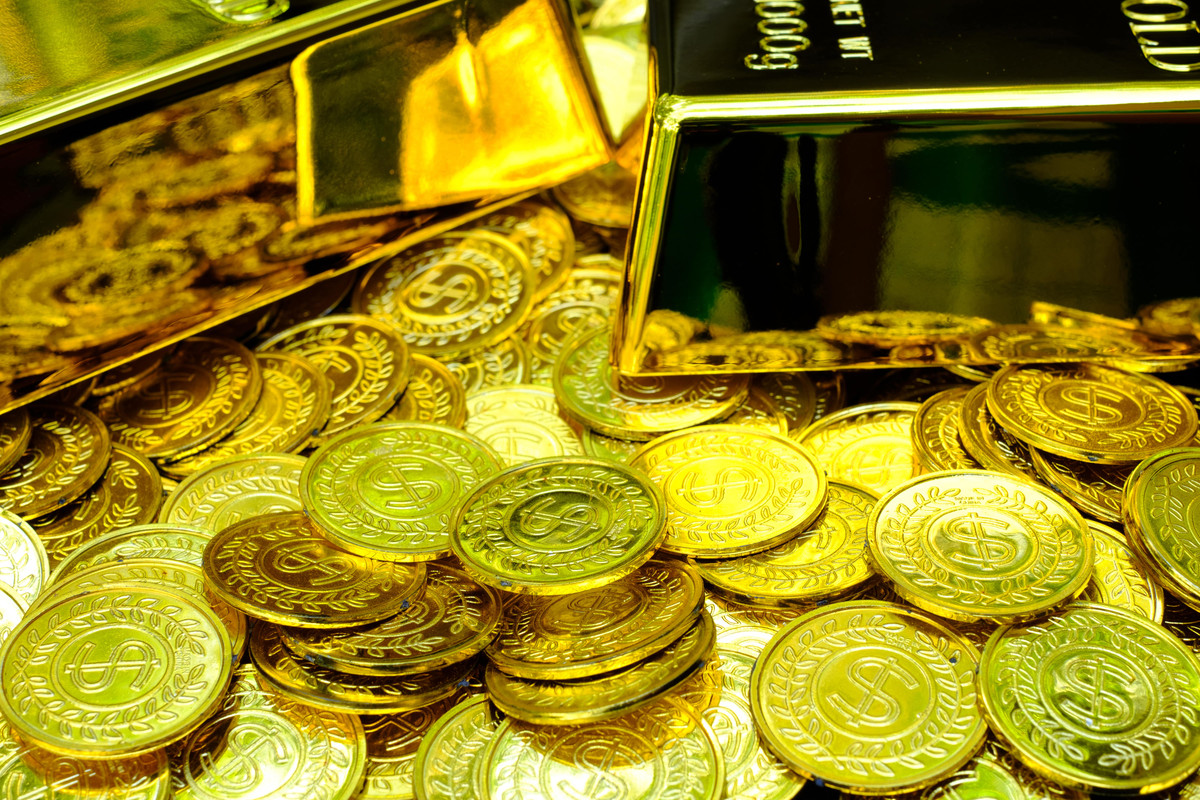Gold Price Fluctuations and Jewellery Market Insights 2025
The jewellery industry is uniquely sensitive to changes in the global price of gold and other precious metals. Shifts in metal prices influence production costs, retail pricing, and consumer behavior, creating a ripple effect across the market. In 2025, volatility remains a defining feature, and businesses must adopt data-driven strategies to stay competitive. Platforms like RakyatTrade provide tools that allow jewellers and investors to navigate these fluctuations with insight and precision. Gold prices are influenced by a combination of global economic trends, geopolitical tensions, and currency fluctuations. In 2025, inflationary pressures and central bank policies continue to drive uncertainty in the market. For jewellers, understanding these dynamics is crucial: sudden increases in gold prices can significantly raise production costs, while drops can impact perceived value. By monitoring key economic events through platforms like https://rakyatrade.com/economic-calendar/, businesses can better anticipate shifts and adjust procurement strategies accordingly. Rising gold prices affect not only raw material costs but also design and manufacturing decisions. Jewellery makers often: Adjust designs to use less gold without compromising aesthetics Introduce alternative metals or alloys Release limited edition pieces to maintain exclusivity RakyatTrade analytics help manufacturers determine the optimal timing for material purchases, ensuring both cost efficiency and market responsiveness. The ability to forecast price trends allows designers to align collections with market realities while preserving brand integrity. Price volatility directly influences consumer choices. Higher gold prices typically: Shift demand toward smaller, more investment-oriented items Reduce purchases of larger, luxury pieces Encourage consumers to explore mixed-material designs Retailers who leverage insights from RakyatTrade can tailor offerings to these changing preferences, ensuring that inventory meets actual demand and minimizes overstocking. Gold jewellery serves as both a luxury product and an investment. Investors monitor price trends to decide the best moments for acquisition or resale. For jewellers, understanding these patterns is critical for pricing strategies and marketing communications. By using data from RakyatTrade, market participants can optimize decisions based on historical trends and economic forecasts. The impact of gold price changes varies across regions due to differences in taxes, import duties, and consumer purchasing power. For example, European markets may react differently to price fluctuations than Asian markets. Using analytics from RakyatTrade, businesses can anticipate these differences and adjust pricing or marketing strategies to align with local demand. This simple overview highlights the inverse relationship between rising gold prices and overall jewellery demand, emphasizing the need for strategic planning. Maintaining profitability in the jewellery sector requires careful management of pricing strategies amid fluctuating gold costs. Retailers must balance the need to cover rising raw material expenses with the risk of losing customers due to high prices. Many brands adopt tiered pricing, offering a range of products from smaller, more affordable items to premium, high-gold-content pieces. RakyatTrade provides real-time market data and forecasts, allowing jewellers to adjust pricing dynamically, plan promotions, and anticipate periods of high demand or reduced sales. By aligning production schedules with economic trends, companies can protect profit margins while remaining competitive. Effective market intelligence extends beyond immediate pricing considerations. Jewellery brands increasingly rely on data-driven decision-making to forecast trends, optimize inventory, and plan marketing campaigns. For instance, monitoring upcoming economic events and potential market shocks through platforms like RakyatTrade enables proactive adjustments in procurement and sales strategies. This approach reduces the risk of overstocking or underpricing and ensures that collections are aligned with both consumer expectations and macroeconomic conditions. Companies that integrate such intelligence can respond quickly to changes in gold prices, global demand, and consumer behavior, thereby sustaining growth even during periods of volatility. In 2025, gold price fluctuations continue to shape the jewellery market, affecting production, consumer behavior, and investment decisions. Platforms like RakyatTrade provide essential tools for navigating this volatility, offering timely insights and forecasts that enable jewellers and investors to make informed, strategic choices. By leveraging these resources, businesses can optimize operations, meet consumer expectations, and maintain profitability in a complex and evolving market.How Gold Price Fluctuations Shape the Jewellery Market in 2025
1. Gold Market Volatility and Its Causes
2. Implications for Jewellery Production

3. Consumer Behavior and Market Demand
4. Investment Considerations
5. Regional Variations in Pricing
Gold Prices vs Jewellery Demand (Example Table)
Year
Average Gold Price (USD/oz)
Jewellery Demand (Metric Tons)
2023
1,800
2,300
2024
1,950
2,150
2025
2,100
2,000
6. Strategic Pricing and Profit Margins
7. Integrating Market Intelligence into Business Planning
Conclusion



